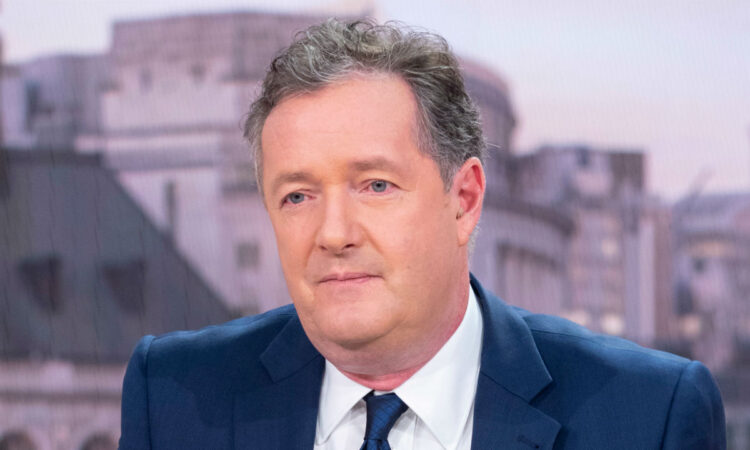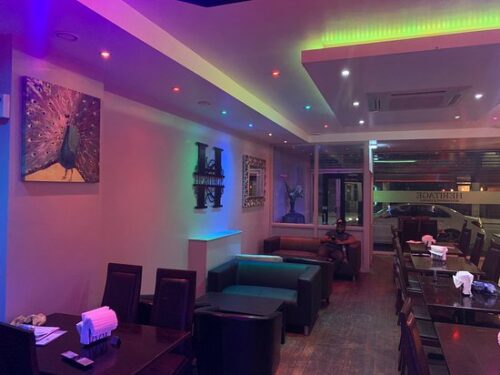By Sheila Mckenzie-
A Mirror journalist told the High Court that Piers Morgan knew how to hack phones and explained how to do it, in a shocking claim.
David Seymour, the group political editor of the newspaper from 1993 to 2007, gave evidence in the trial against publishers Mirror Group Newspapers (MGN), brought by multiple claimants including Prince Harry.
Mr Seymour told the court that during his time at the Mirror, former editor, Piers Morgan knew how to hack phones, and told him how it was done. He said he did have experience of the “work and behaviour” of Mr Morgan, who he described as an “extremely boastful” person.
In his witness statement submitted to the court, Mr Seymour said he “came to learn of some of the dubious methods being used to get stories” during Mr Morgan’s time in charge, between 1995 and 2004.
Describing an incident that followed a chairman’s lunch in 2002, Mr Seymour said he was approached by a colleague as he sat at his desk.
“My colleague started by saying: ‘You’ll never guess what Piers just said’,” Mr Seymour wrote in his statement.
The colleague told Mr Seymour that Mr Morgan had “mocked” the then chief executive of BT, “saying something like: ‘You need to tell your customers to change the PIN numbers on their mobile phones from factory settings, because otherwise you can just get into their voicemail messages’.
Michael Turner, known professionally as Michael Le Vell, arrives for the phone hacking trial against Mirror Group Newspapers (MGN). over alleged unlawful information gathering at its titles
Coronation Street star Michael Le Vell says phone hacking trial has taken ‘years off his life’
“My colleague then explained to me how it was done – in fact they had to explain three or four times since I am not technically literate, and I still wasn’t sure how phone hacking was done by the end of our conversation.
“My colleague also told me that everyone else at the table heard what Piers had said.”
‘Truth never emerged’ about Princess Diana story
Mr Seymour said he had “no reason to doubt the veracity” of what his colleague had told him, adding that he recalled the conversation “very well” as his colleague “was so shocked”.
In court, MGN’s lawyer Richard Munden asked Mr Seymour why Mr Morgan would speak about this kind of thing openly. Mr Seymour told the court that Mr Morgan was “boastful” and would “behave foolishly” at times.
The former political journalist also gave details about a story written about Princess Diana, which included a photo of her crying after a visit to her “saviour” friend and therapist as she dealt with her divorce from Prince Charles, now the King.
Mr Seymour spoke about the article in court, and said in his witness statement: “The article clearly suggests to readers, and the public, that Princess Diana was upset because of the problems she faced in her life, and having unburdened herself to her therapist.”
However, Mr Seymour said that a few days after the story was published, he remembers seeing Mr Morgan and others watching a video which had been taken by a paparazzi photographer present at the time, which showed why Diana was really upset – after being “hounded up and down the street by a baying, cat-calling mob of photographers” from a number of different press organisations.
Mr Seymour said in his statement that “the truth never emerged” about how the story was obtained and he was “upset and ashamed that we had printed something so cruel, intrusive and false”. He said Mr Morgan understood the significance of the video, writing in his statement that the then editor said: “If this gets out, we’re finished.”
The serious claim will put pressure of Morgan to either deny the allegation or explain why he would approve of something so serious and unethical.
Ahead of closing statements on the dramatic case, Mr Justice Fancourt asked why Mr Morgan and former editor of The People newspaper, Neil Wallis, “recently had a lot to say about this matter outside of court”.
The judge said he had “a question in my mind” about whether several people “could and should have given some evidence”.
The judge then listed out more than two dozen names, including former Daily Mirror editor Piers Morgan, “in no particular order”.




